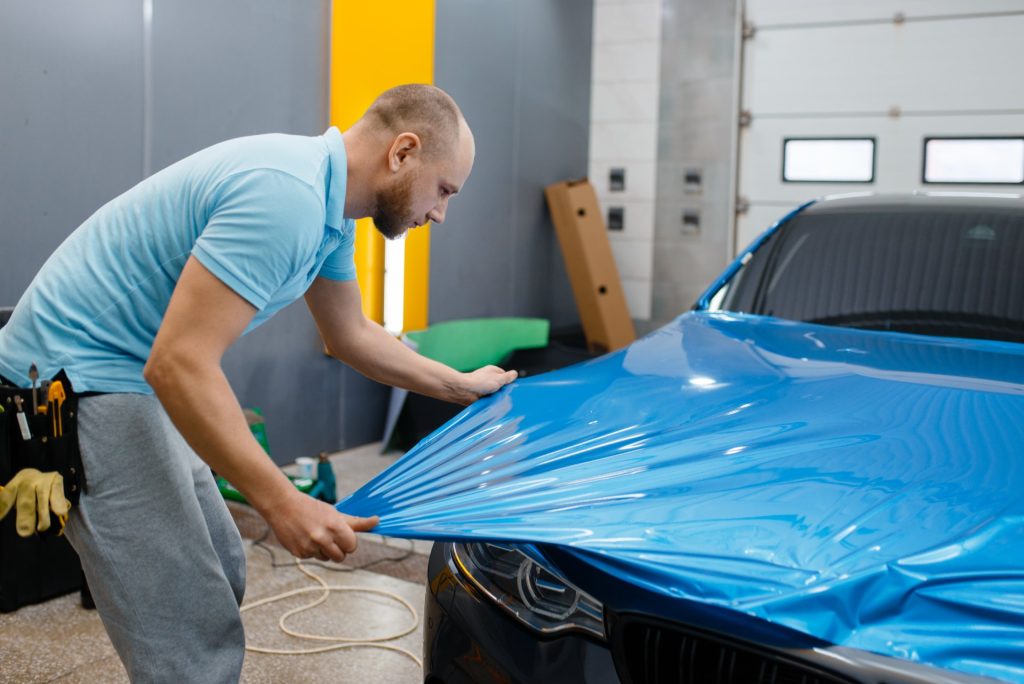Designing interiors that inspire, from concept to reality, is an intricate process that blends creativity, functionality, and a deep understanding of the client’s vision. The journey from an initial idea to a finished space involves multiple stages of thoughtful planning, imaginative design, and skillful execution. A truly inspiring interior is one that not only captivates aesthetically but also enhances the daily lives of its occupants. Achieving this balance requires a harmonious integration of form, function, and personal expression. The concept stage is where the design vision begins to take shape. This phase is all about brainstorming, researching, and gathering inspiration. Designers work closely with clients to understand their needs, preferences, lifestyle, and aspirations. A key aspect of this stage is developing a cohesive concept that reflects the client’s personality while ensuring the space serves its intended purpose. Mood boards, sketches, and digital models often serve as tools to visualize the concept. This is also when decisions on style, color palettes, and material choices are made, setting the foundation for the rest of the design process.

Once the concept is solidified, the design development phase brings more specificity. This stage is about refining the initial ideas into detailed plans and layouts. It is where the practical aspects of the design, such as space planning, lighting, furniture selection, and finishes, are carefully considered. Designers must think about how each element interacts with the others, ensuring the space flows naturally while remaining functional. During this stage, attention to detail becomes critical, as small design decisions can greatly impact the overall feel of the space. For example, the choice of lighting can dramatically alter the ambiance, while the selection of materials can influence the durability and comfort of the environment. After the design development, the project enters the implementation phase. This is when the ideas and plans come to life. Contractors, artisans, and craftsmen collaborate to bring the 裝修工程公司 vision to reality. During this phase, communication between the designer, client, and team is vital to ensure that the project stays on track, within budget, and aligned with the original concept. Challenges may arise, such as unexpected site conditions or delays in material delivery, but a successful design team can adapt while maintaining the integrity of the design. The key to a smooth transition from concept to reality lies in meticulous project management, clear communication, and flexibility.
The final stage of interior design is the finishing touches, where the details that complete the space are added. This includes art, décor, and personal items that bring warmth and individuality to the interior. These elements transform a well-designed space into a home or a functional commercial environment into an inviting workplace. The ultimate goal is to create an environment that not only inspires visually but also fosters comfort, well-being, and productivity. In conclusion, the process of designing interiors that inspire requires a delicate balance of creativity, technical knowledge, and collaboration. From the initial concept to the final realization, each step is crucial in crafting a space that is both beautiful and functional. The result is an interior that resonates with the client’s vision while enriching the experience of those who inhabit it.





